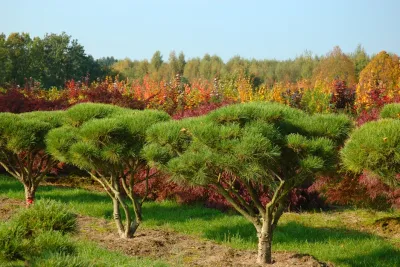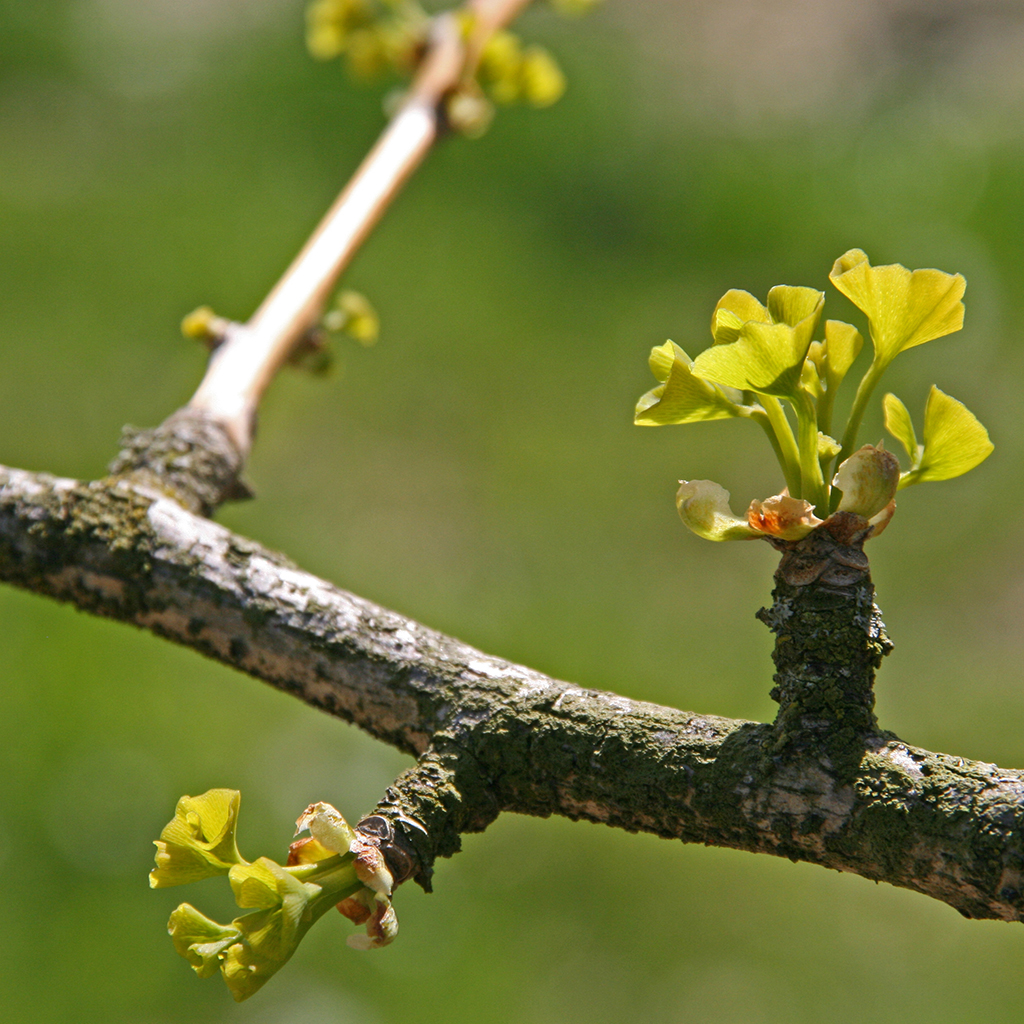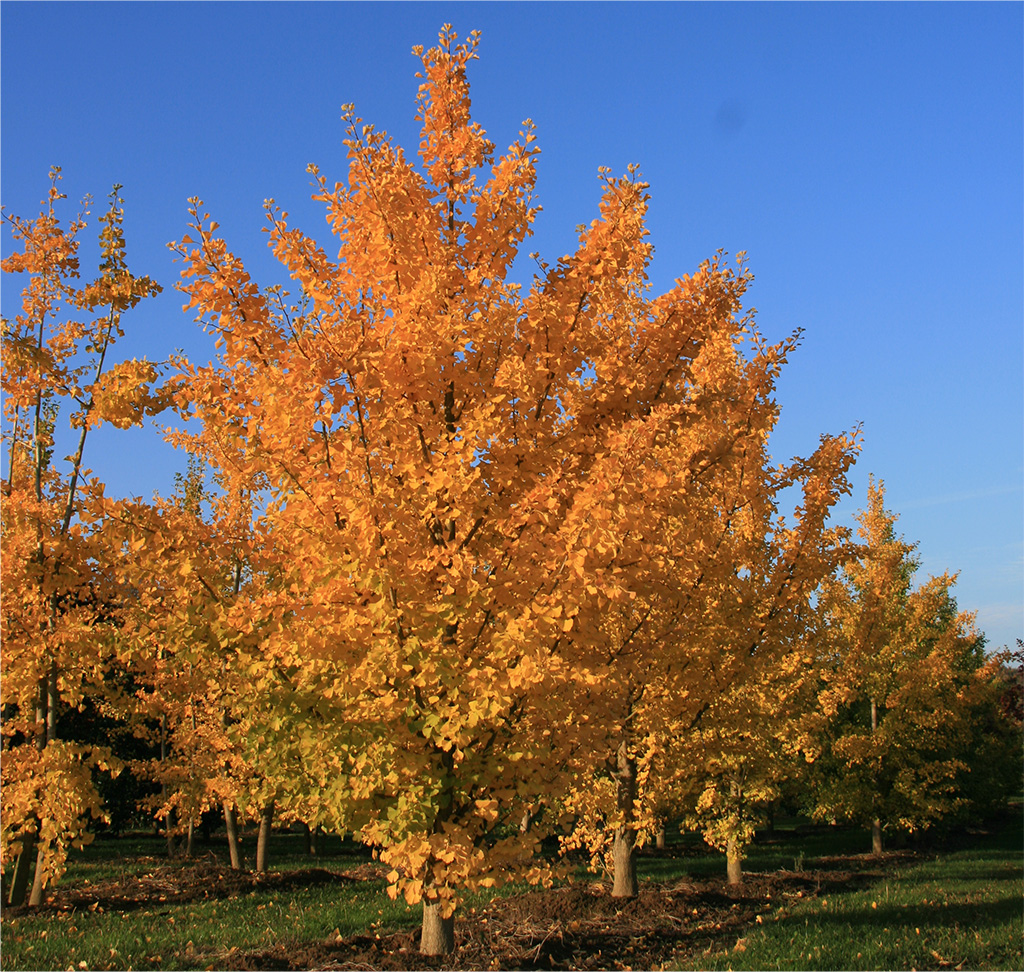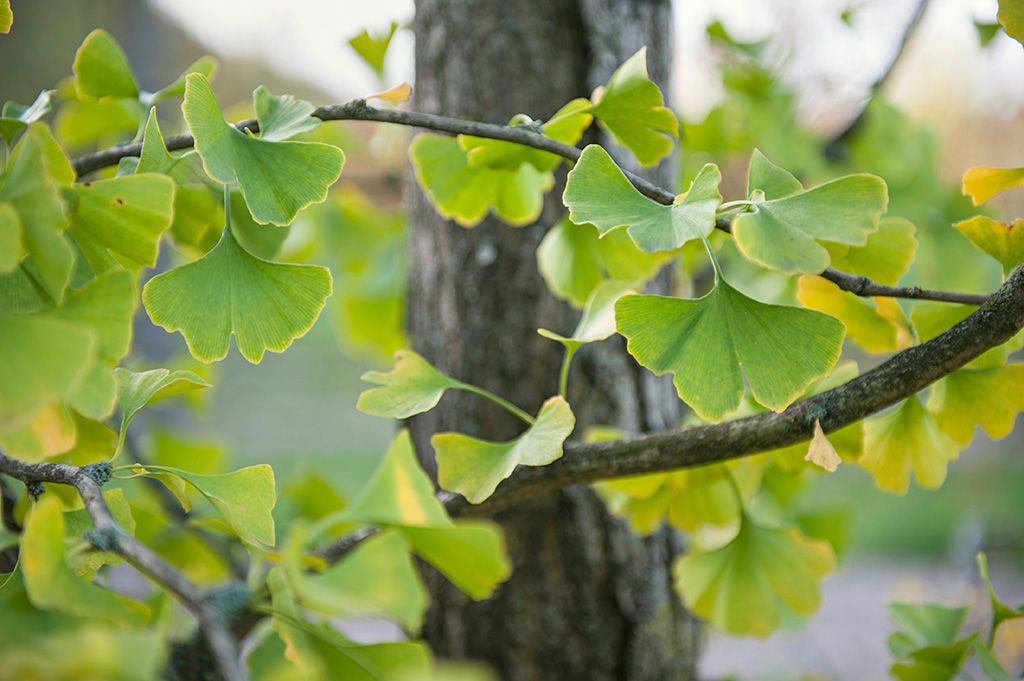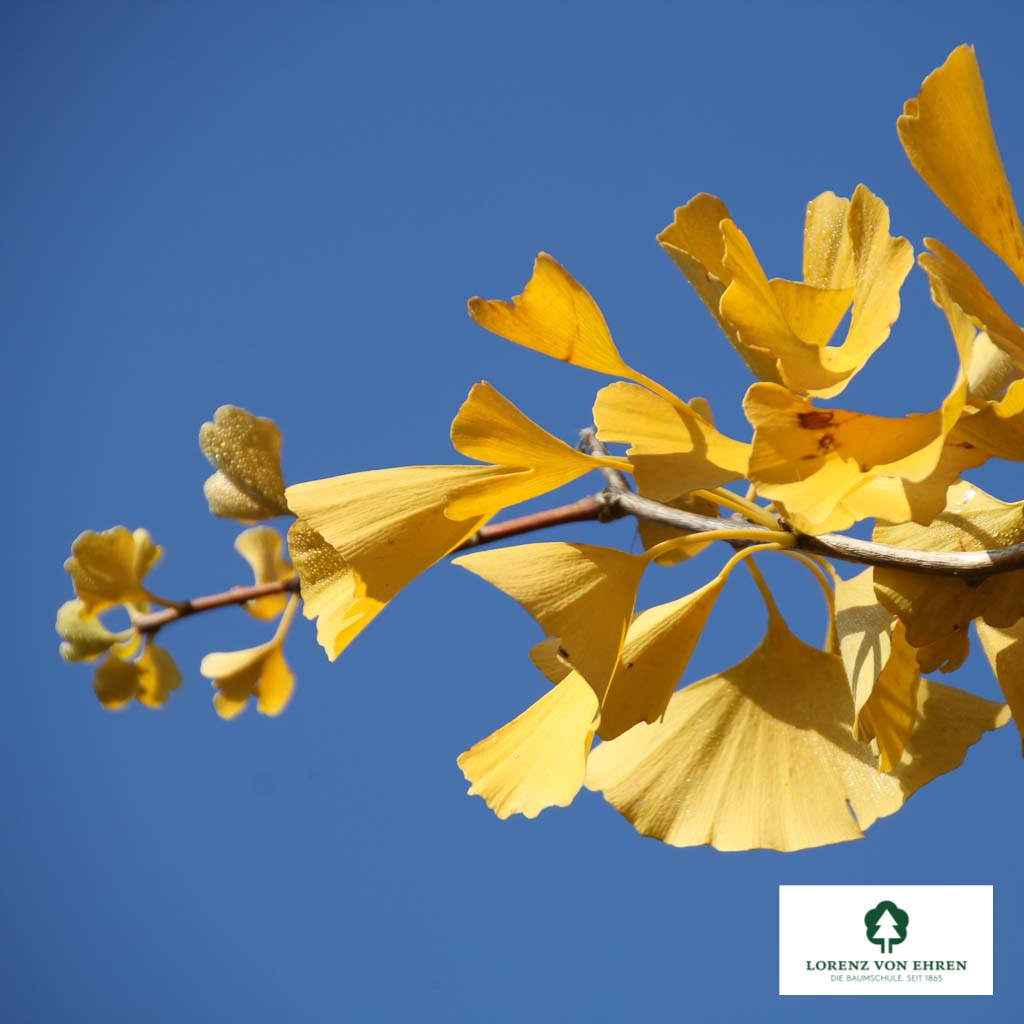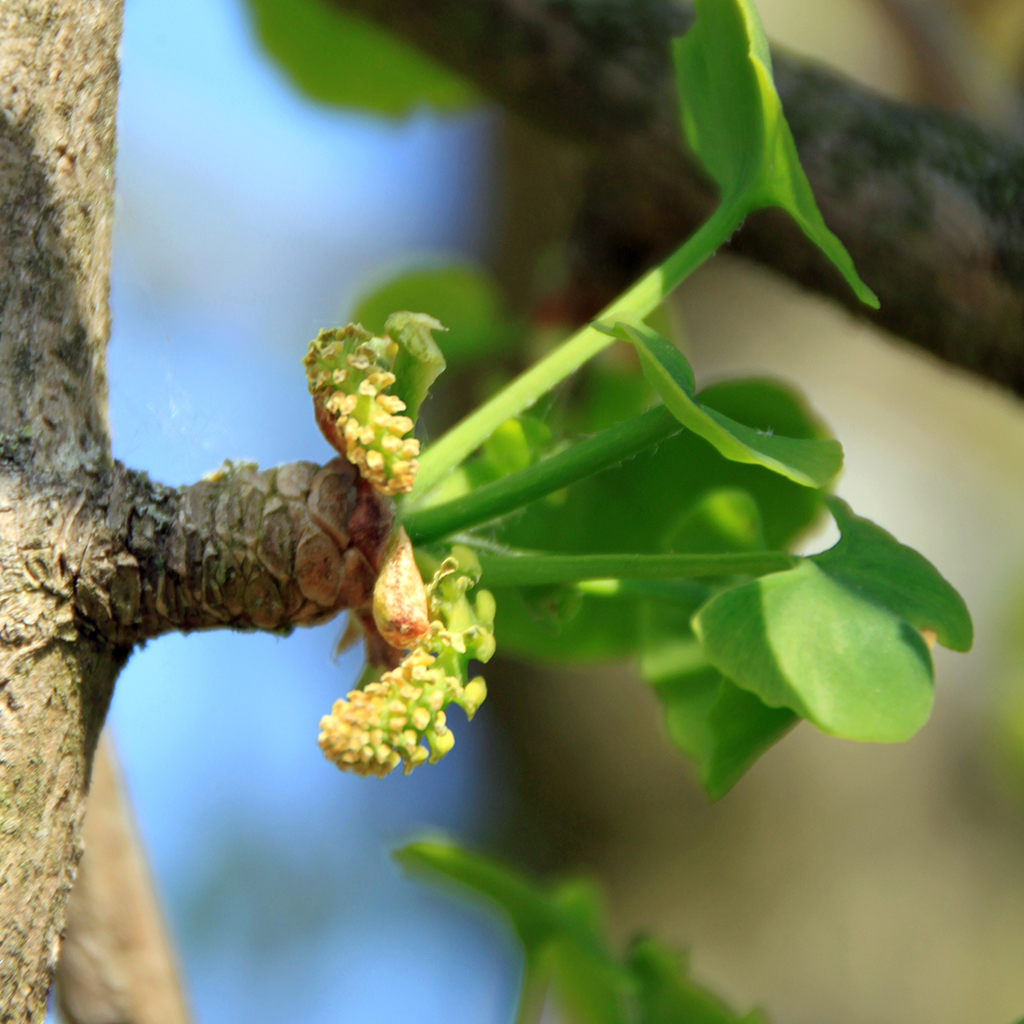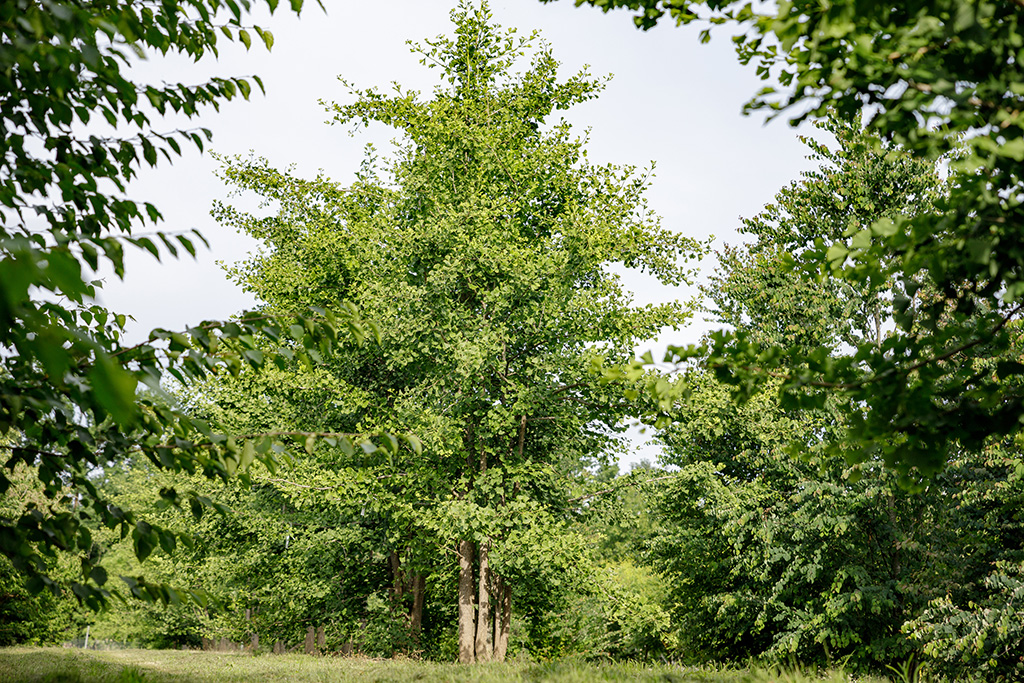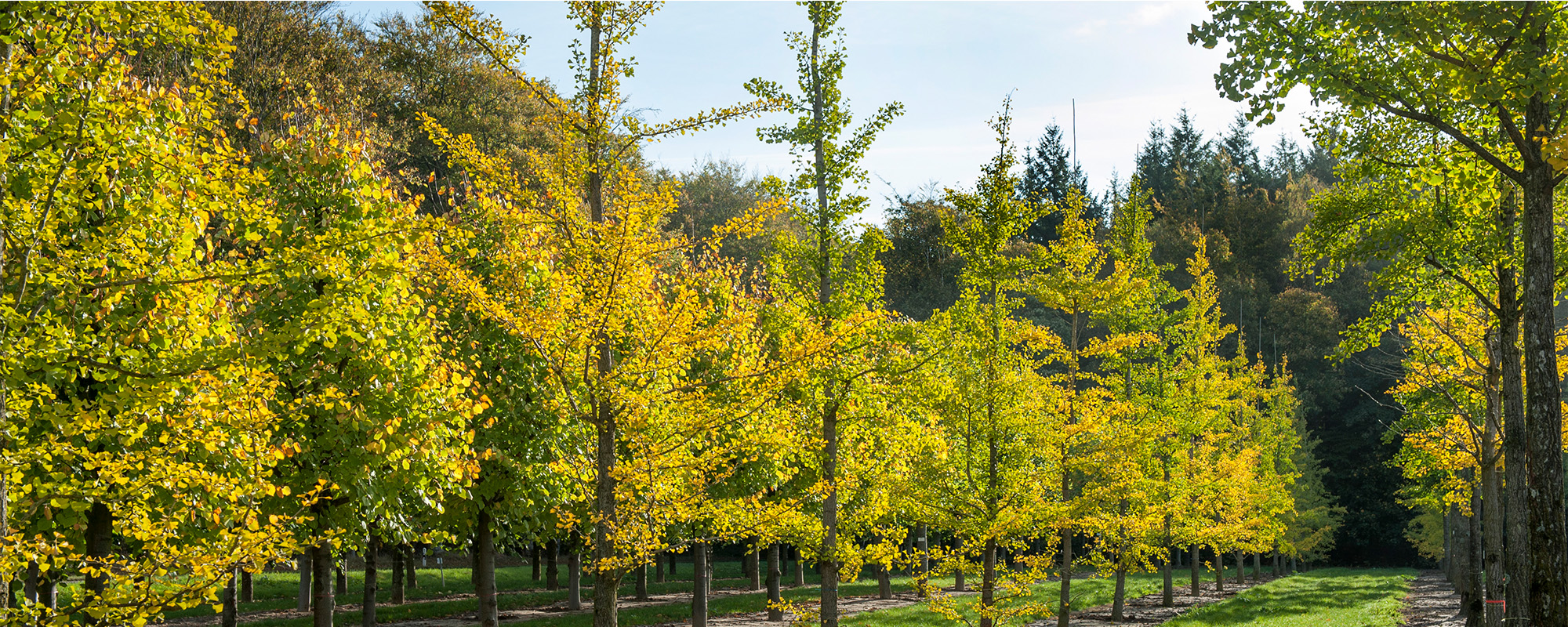
Ginkgo biloba

“Surprisingly, Ginkgo biloba can be well drawn as a trellis on south walls of a house; in spring you should cut it before its leaves are sprouted.”
Thomas Dieckmann, climate tree expert, Lorenz von Ehren Tree Nursery
Gems for every garden!
Ginkgo biloba is robust and undemanding, hardy, and it can withstand temperatures up to -28°C. However: For young trees, please protect the root area from frost.
Vegetation pattern
In the hilly area of the Yangtze Valley, the ginkgo tree can be seen in mixed populations of low Acer and Amelanchier species, Cornus controversa and C. kousa, evergreen Ilex, and Ligustrum types, as well as with magnolia species, Paulownia tomentosa, Prunus serrulata, Pyrus calleryana, and numerous oak species.
Juniperus and Pinus species, such as the Chinese black pine, grow in its vicinity.
Take a look at the fanleaf tree from the Lorenz von Ehren nursery!
FAQ - Frequently asked questions
What kind of soil does a ginkgo tree need?
Dry to fresh is best; acidic to alkaline; on all nutrient-rich substrates, heavy soils are unfavourable.
How big does a ginkgo grow?
A ginkgo biloba grows about 15-25 m tall and 10-15 m wide; when young it grows tightly upright, later broadly conical to indistinctly round-crowned.
Is the ginkgo hardy?
The fanleaf tree (ginkgo) is extremely hardy and can withstand temperatures down to -28°C without damage. Only young plants should be protected from frost in the root area with mulch or similar.
What are the requirements of a ginkgo?
Sun to light shade should be chosen for a fanleaf tree (Ginkgo biloba). They are heat-tolerant, usually frost-hardy, occasionally susceptible to late frost; resistant to urban climates and wind-toleranth.
Is ginkgo suitable as an urban tree?
Ginkgo is wonderfully suitable as an urban tree because it is heat-tolerant, wind-tolerant and resistant to urban climates. In Manhattan, it is already an urban tree of the future and often common.
Why does the ginkgo count as a living fossil?
As the last living representative of the otherwise extinct Ginkgoales, the ginkgo belongs to an otherwise extinct group of seed plants.

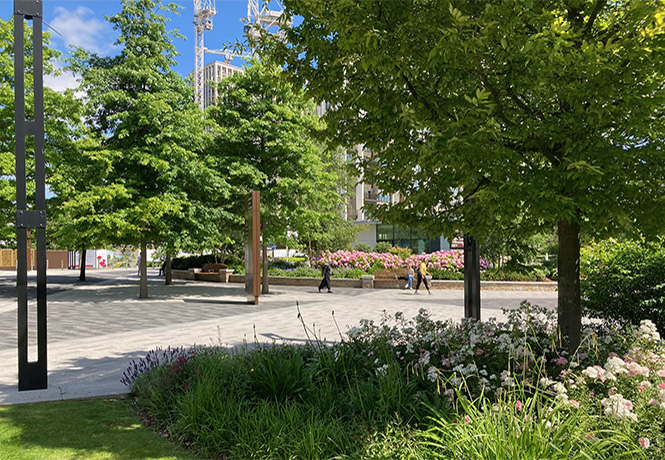
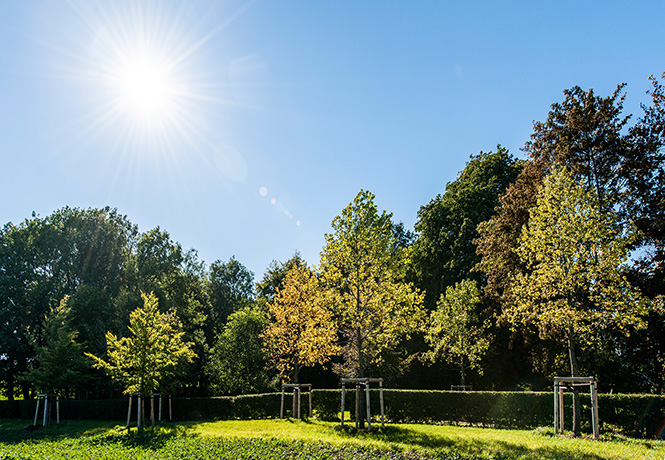
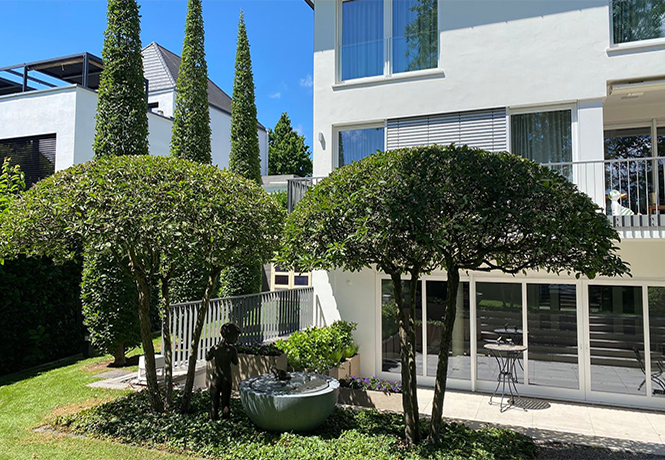
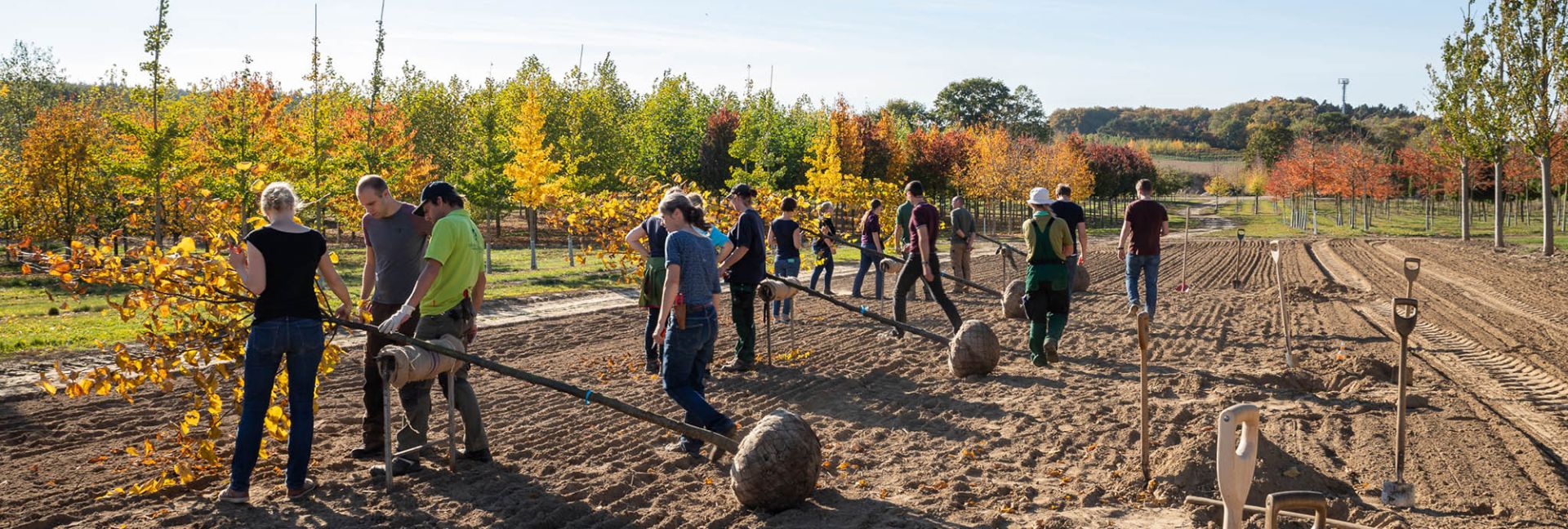
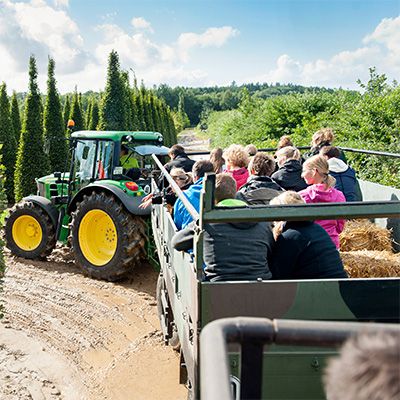
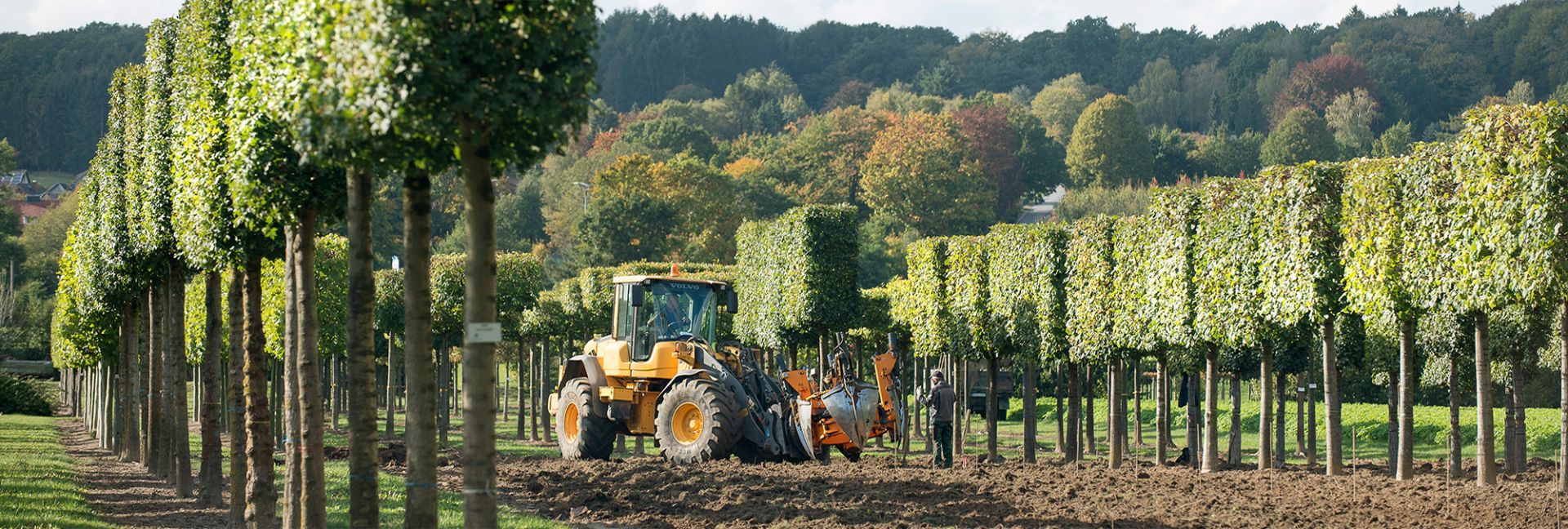
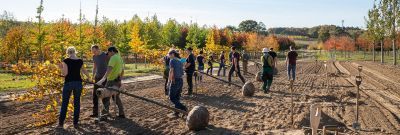
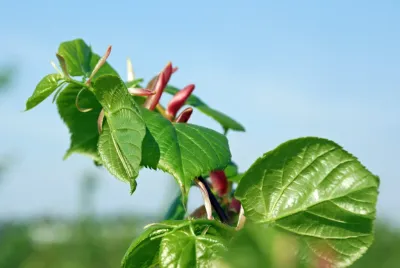
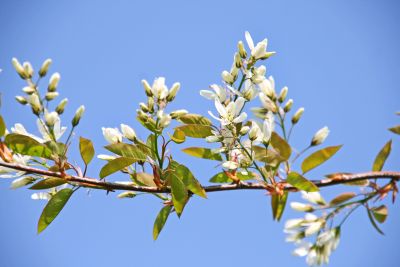
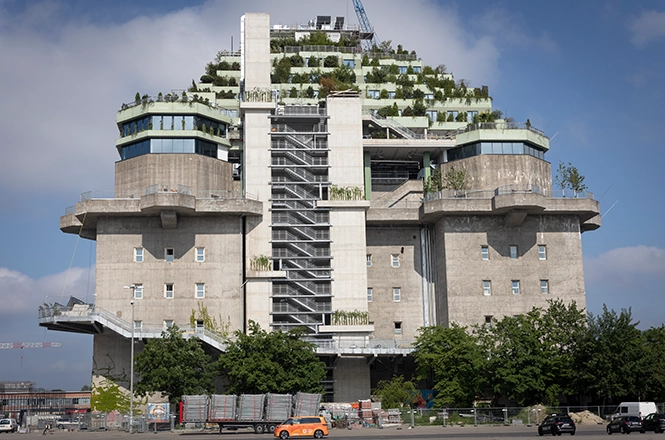
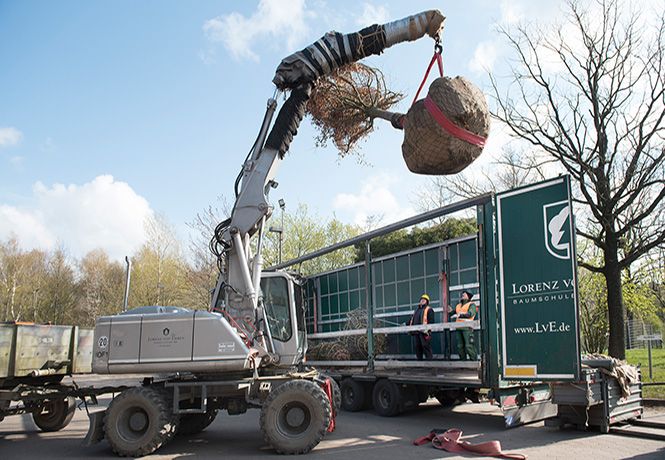
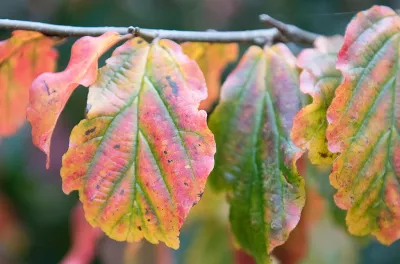
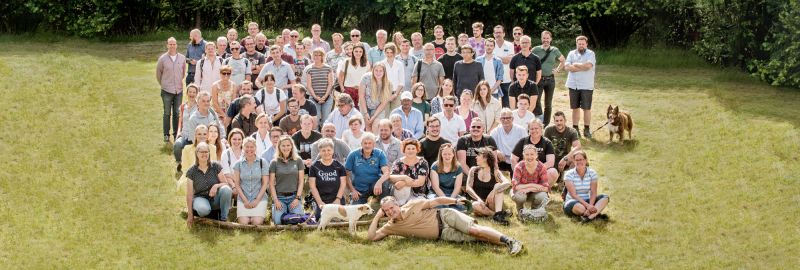
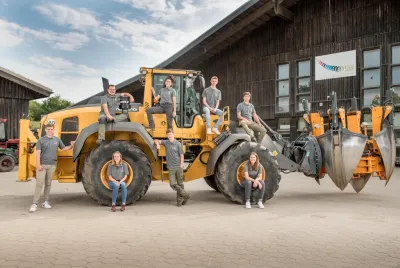
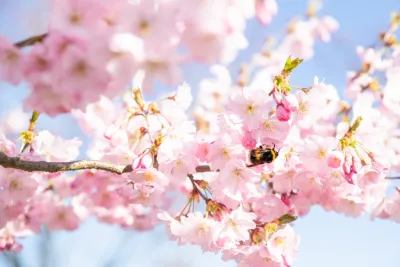
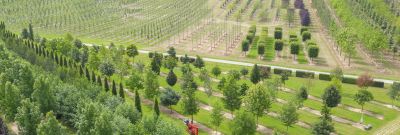
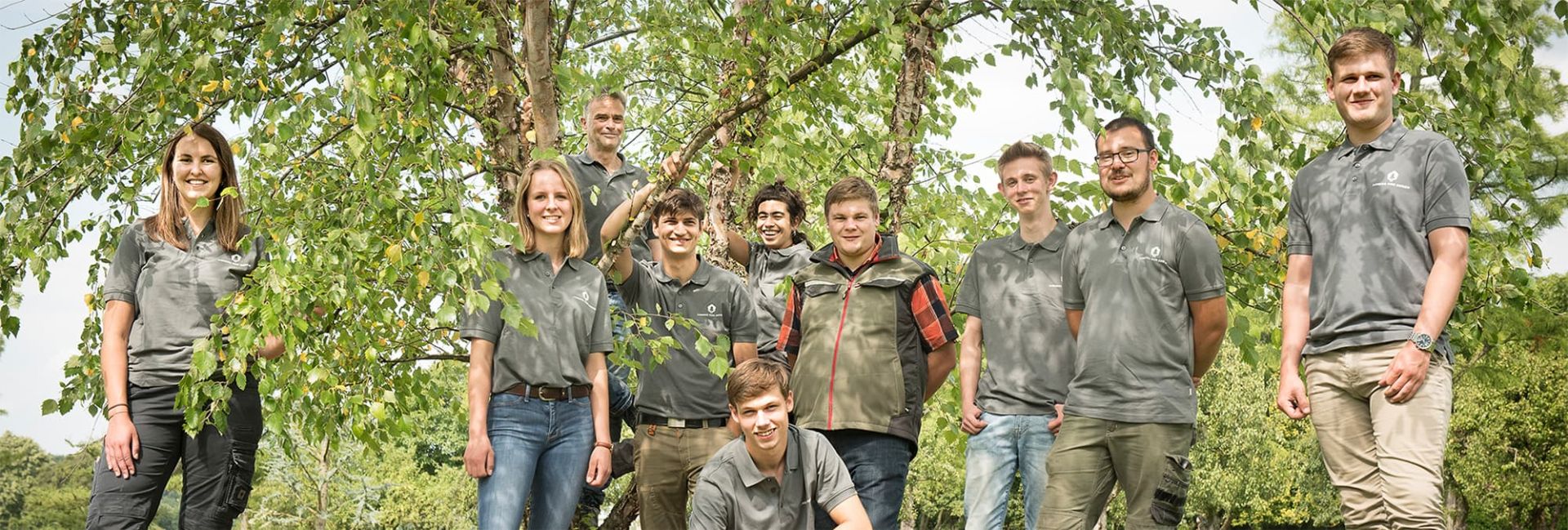
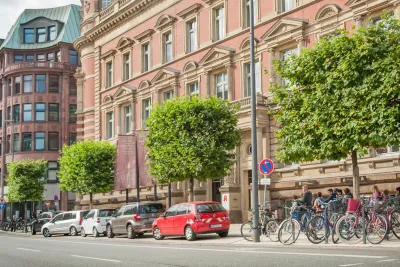
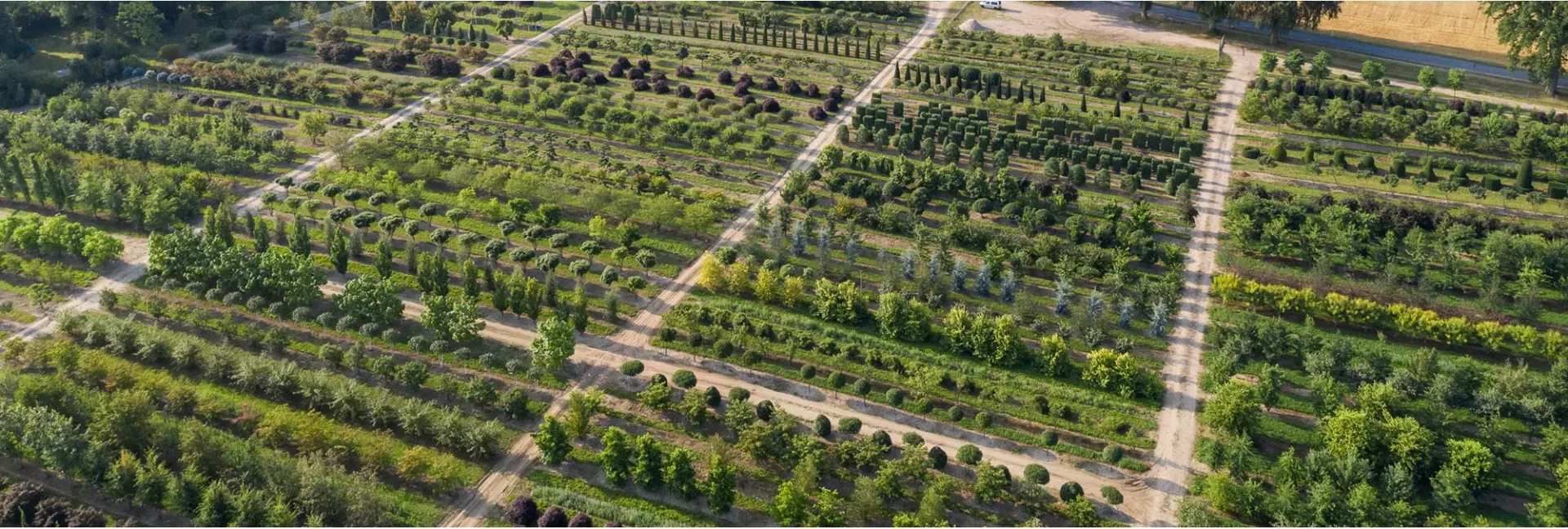
_400x400.webp)
